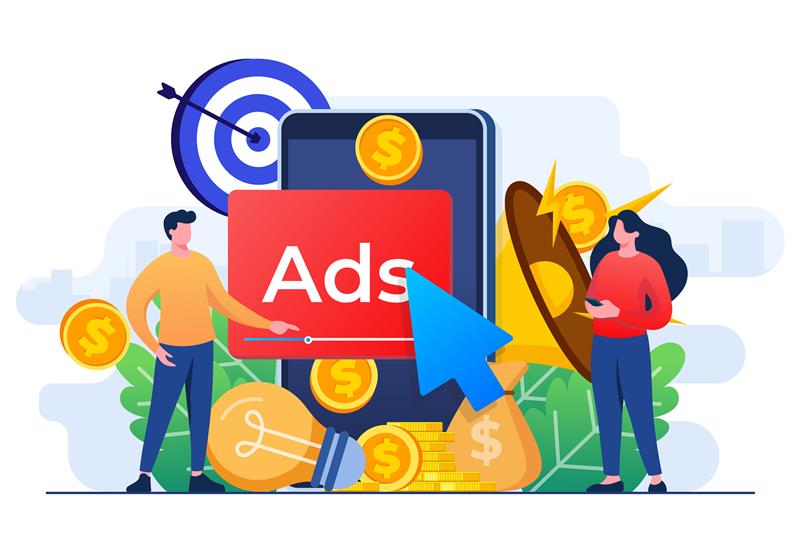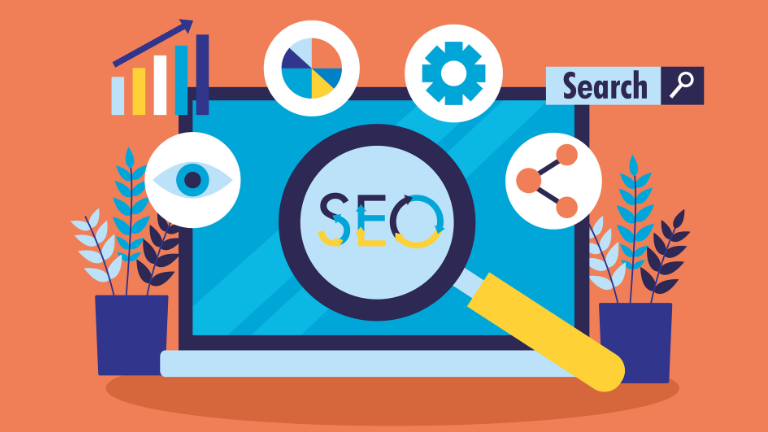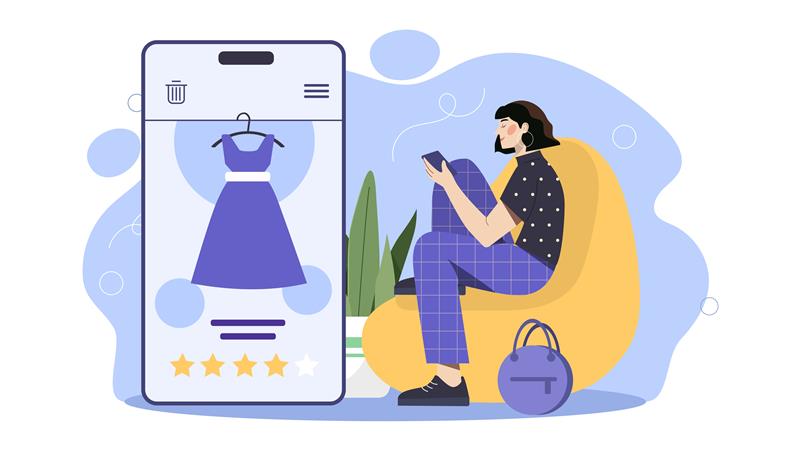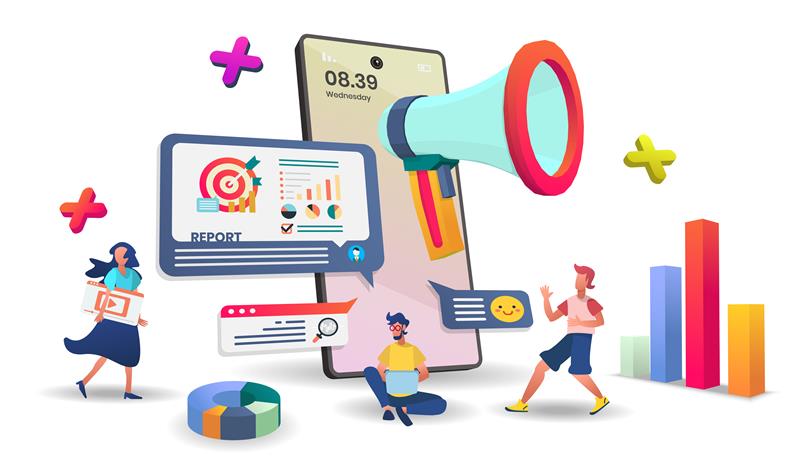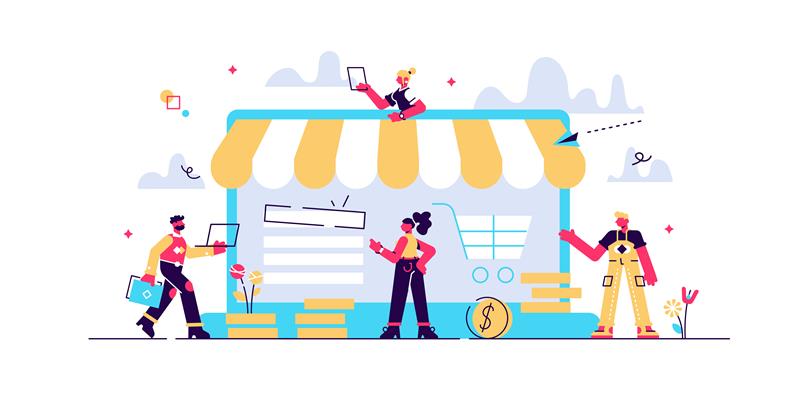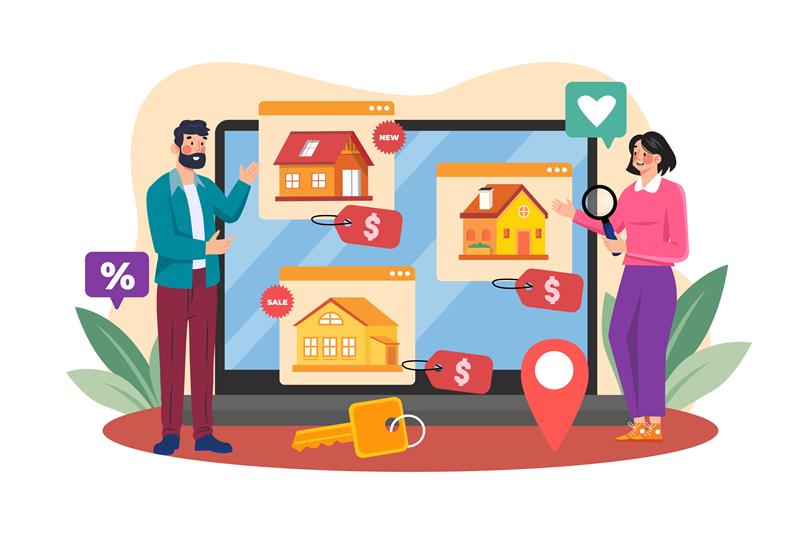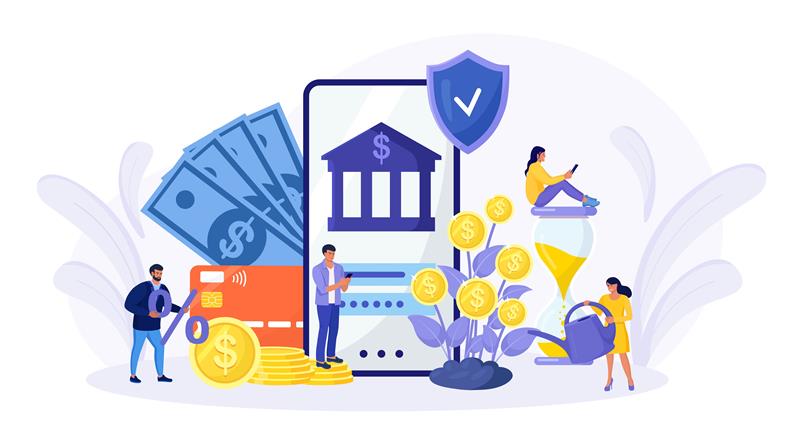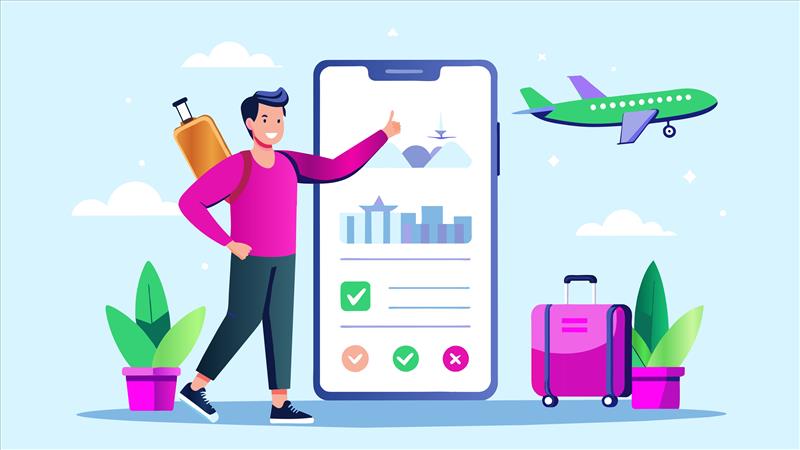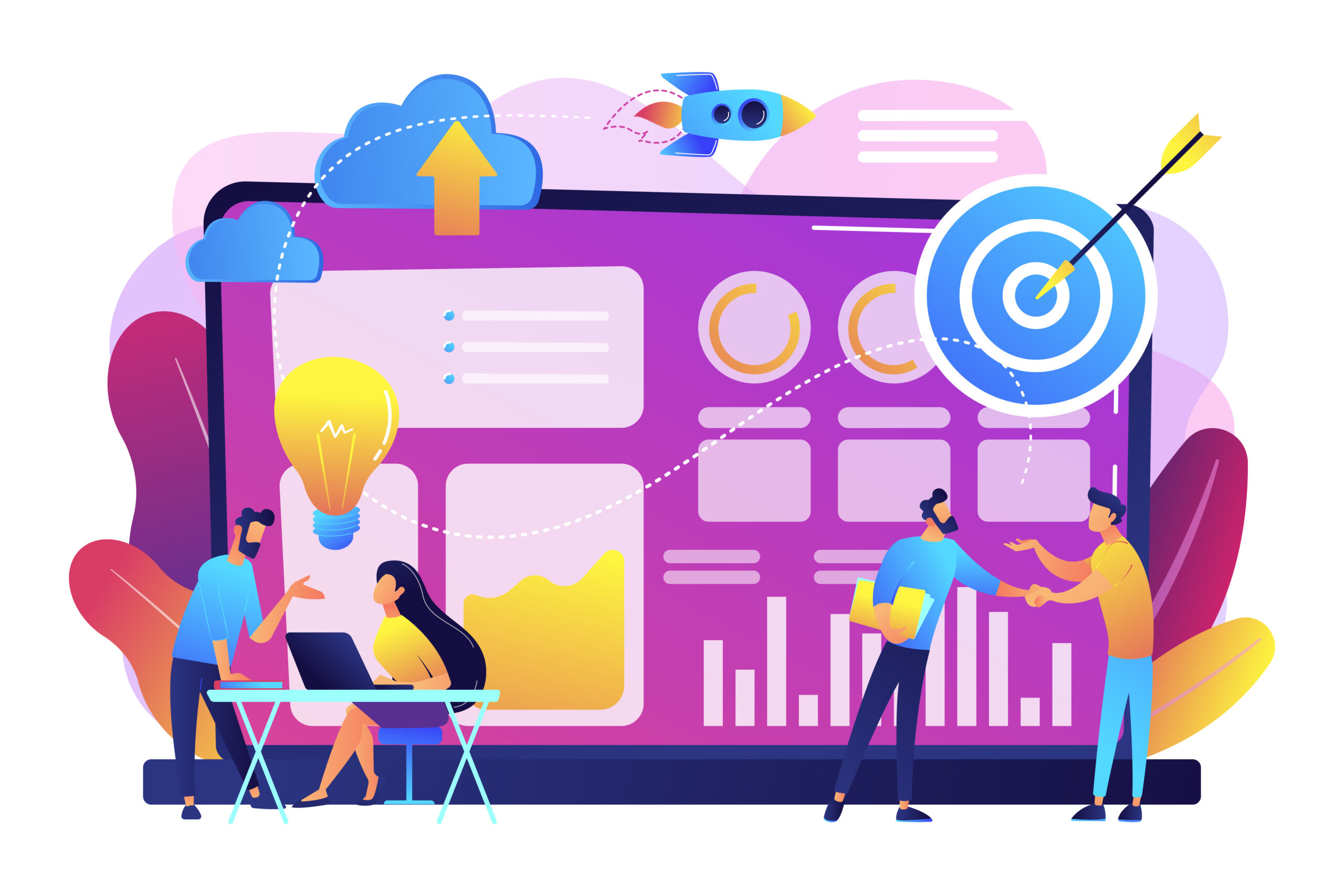In the ever-changing world of digital marketing, companies are always assessing where to allocate their ad budget in order to obtain maximum ROI. This is where two mighty titans come to mind—Google Ads and Facebook Ads. Both of these platforms offer powerful targeting features, wide reach, and a variety of formats that enable companies to scale.
But at the end of the day, which platform is best for your business—Google Ads or Facebook Ads? In this blog, we explore the strengths and weaknesses of each and offer an in-depth comparison to assist you in making an informed choice. Dive in!
What are Google Ads and Facebook Ads?
To compare the two, first we need to know what exactly are Google Ads and Facebook Ads.
- Google Ads is a ‘search intent-based platform’ that reaches users who are actively looking for something in particular (consider “best running shoes” or “plumber near me”).
- Facebook or Meta Ads is an ‘interest-based platform’ that reaches the user based on their interests, behaviours, and demographic profile- without them actively looking for your product or service.
Both, Google and Facebook, provide a set of ad formats on multiple networks such as YouTube and Instagram, but their underlying targeting strategies are very different.
Google Ads: Leverage High-Intent Traffic
Strengths:
1. Search Intent = Greater Conversion Rates
Google Ads enable you to target potential buyers at the very moment they’re searching for a product or service. This makes it an excellent instrument for bottom-of-the-funnel (BOFU) marketing, where customers are nearer to a purchase.
2. Varied Ad Formats
From Search Ads and Display Ads to Shopping Ads and YouTube Video Ads, Google has a flexible set of tools that can be customized to suit any campaign objective.
3. Huge Reach
Google handles more than 8.5 billion searches every day. With Google Ads, your business can show up on Google Search, YouTube, Gmail, and on millions of websites in the Display Network.
4. Robust ROI Tracking
Google Ads is fully integrated with Google Analytics and other reporting tools, enabling detailed tracking of conversions, revenue, and user behaviour.
Best for:
- E-commerce brands seeking purchase-ready buyers
- Local service businesses
- B2B businesses targeting decision-makers via search
- Businesses with well-defined keywords and clear user intent
Facebook Ads: Build Awareness and Drive Demand
Strengths:
1. Advanced Audience Targeting
Facebook’s ad platform has incredibly precise targeting capabilities by consumer’s interests, demographics, behaviour, and connections. It is ideal for brand awareness or targeting-specific niches.
2. Visual-First Strategy
Facebook and Instagram are visually driven platforms, where brands can highlight their products and services through interactive photos, videos, carousels, and stories.
3. Full-Funnel Advertising
From awareness generation to lead nurturing, Facebook’s ad format allows for campaigns at each phase of the customer experience.
4. Lookalike Audiences
One of Facebook’s best tools, Lookalike Audiences, enables you to reach new users who look like your current customers, amplifying your reach and potential ROI.
Best for:
- Brands wanting to create demand, not capture it
- Companies with high-quality creative assets (video, photography)
- Start-ups and DTC brands establishing awareness
- Lead generation in education, fitness, and coaching industries
Cost Comparison: Which is More Budget-Friendly
Cost-per-click (CPC) on Google Ads is generally higher, especially for high-competition keywords in industries like finance, law, and insurance. But if the user’s intent to convert offsets the cost, then a higher CPC on Google Ads might be worthwhile.
Facebook Ads typically have a lower CPC, which makes it best for companies that want to create awareness and reach people at large scales without draining budgets.
That being said, efficiency depends more on your campaign objectives than just CPC figures. For certain companies, spending ₹150 per click on Google Ads could be justified if those clicks are converting at 10%, but Facebook clicks costing ₹25 might not convert as efficiently.
Targeting Capabilities
Feature Google Ads Facebook Ads
Keyword Targeting ✅ Strong ❌ Limited
Audience Targeting ✅ Moderate ✅✅ Highly Advanced
Retargeting ✅ Strong ✅ Strong
Lookalike/ Similar ✅ (Similar) ✅✅ (Lookalike)
Geographic Targeting ✅✅ Highly Advanced✅✅ Highly Advanced
Verdict:
- Select Google if you’re targeting intent-based users and need to capture demand.
- Select Facebook if you’re trying to create demand or drive visual-centric products/services to targeted audience segments.
Creative Flexibility
Facebook and Instagram provide a more creative canvas—from Reels to Carousels to full-screen Story ads. This makes Meta Ads more appealing to businesses with strong branding and storytelling aspects.
Google, by contrast, is performance-oriented. Though YouTube offers video opportunities, Search Ads are predominantly text-based and less creatively dependent. Google Display and Shopping Ads provide some visual flexibility but nowhere near that of Facebook’s dynamic creatives.
Analytics and Optimization
Both platforms possess rich analytical capabilities, but Google Ads typically provides finer keyword-level detail, which is essential for performance marketers looking to refine and update campaigns with accuracy.
Facebook Ads Manager excels when it comes to examining audience behaviour, engagement rates, and creative performance by different groups.
When to Use Both Platforms Together
The most intelligent performance marketing tactics usually integrate both platforms to address the entire funnel:
- Top of Funnel (TOFU): Leverage Facebook to create interest and audiences.
- Middle of Funnel (MOFU): Retarget the audiences with value-based content or lead magnets.
- Bottom of Funnel (BOFU): Utilize Google Ads to grab users actively searching for solutions.
Such cross-platform collaborations can result in improved conversions, enhanced brand recall, and more effective allocation of your advertisement budget.
Final Thoughts: Which Platform Wins?
The truth is—there’s no one-size-fits-all answer.
Here’s a quick cheat sheet, based on your goals, to help you decide the best platform:
Your Goal vs Best Platform
Drive immediate sales from high-intent usersàGoogle Ads
Build brand awareness or launch a new productàFacebook Ads
Retarget website visitorsàBoth
Generate leads at low costàFacebook Ads
Compete for top search rankingsàGoogle Ads
Tell your brand story visuallyàFacebook/Instagram
Let’s Talk Strategy
Still unsure where to put your marketing budget? Let us assist. At Gyaata, we excel at assisting companies to create platform-agnostic strategies using performance data, creative assets, and industry benchmarks. Whether you’re inclined towards Google Ads, Facebook Ads, or a hybrid solution, we’ll be with you every step of the way to help your media spends work smarter and harder.
We’ve executed successful campaigns in industries ranging from retail to tech to healthcare at Gyaata, and we know what is effective (and what isn’t) on both platforms. We typically use both platforms together at Gyaata and combine their native analytics dashboards with third-party tools to monitor user flows across devices and platforms.
Get in touch with us today and let’s create a performance strategy that delivers!

